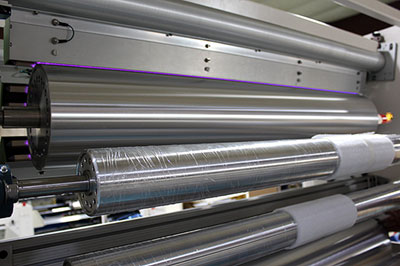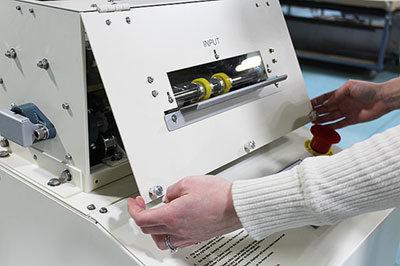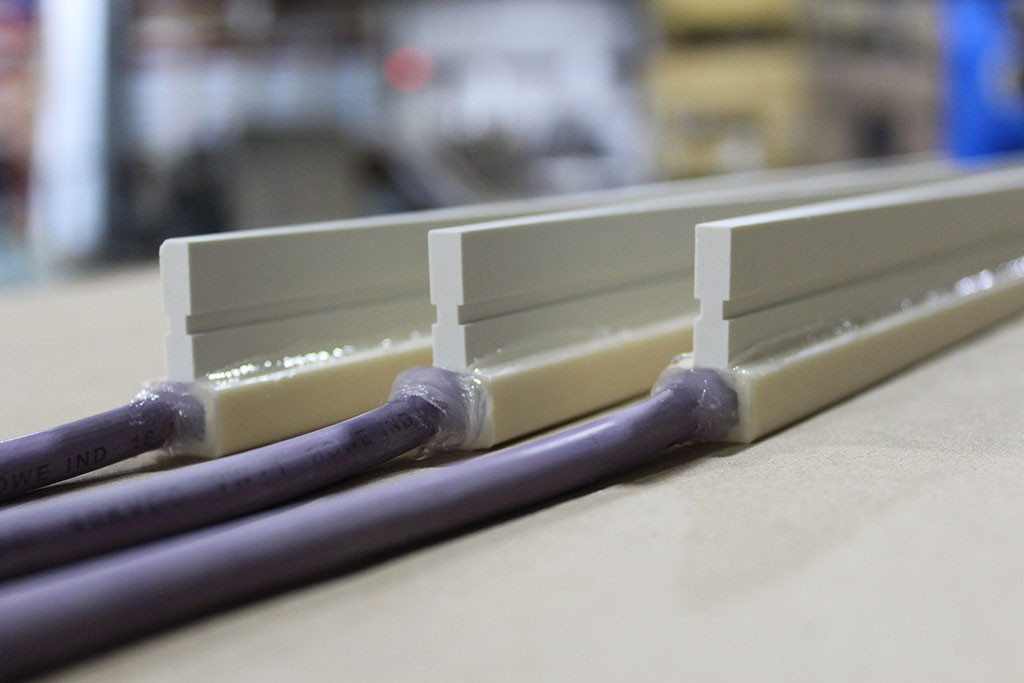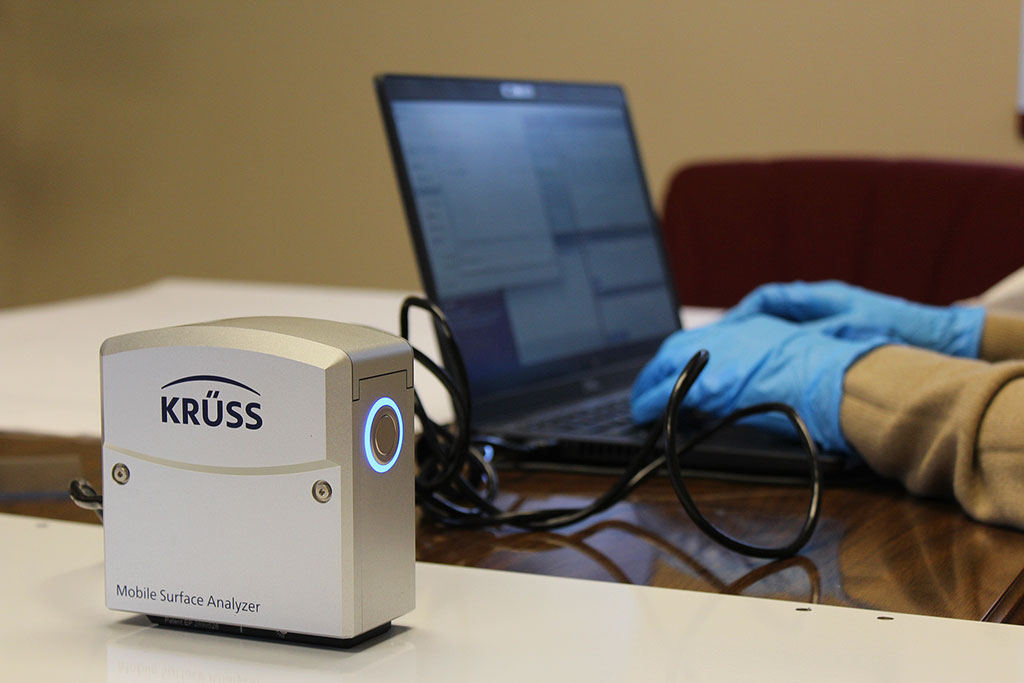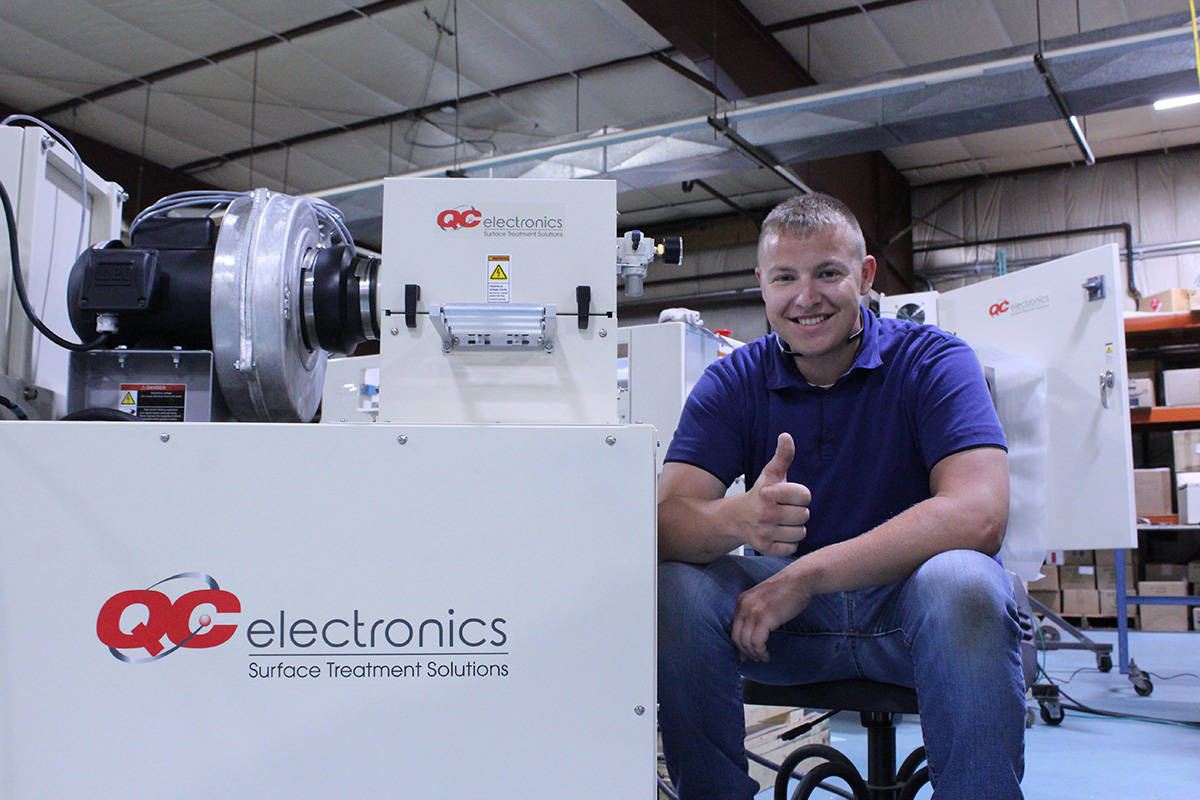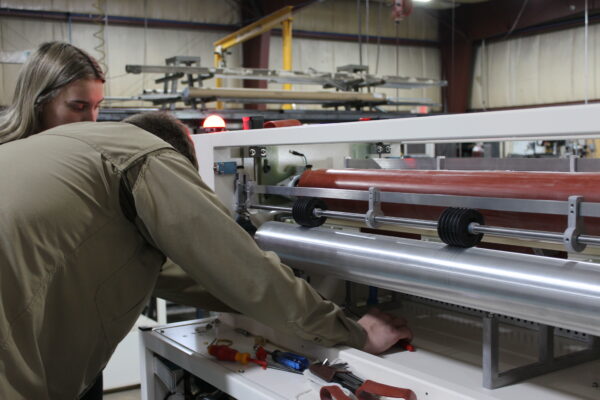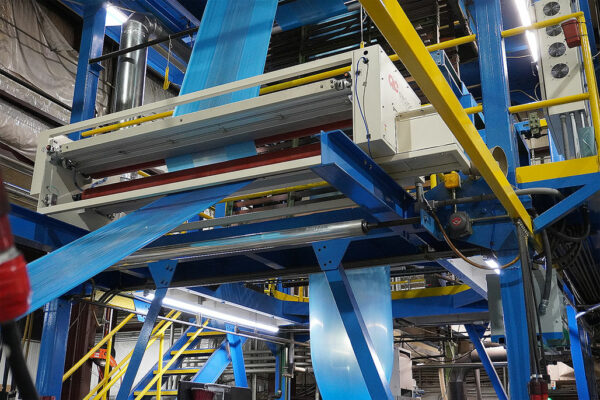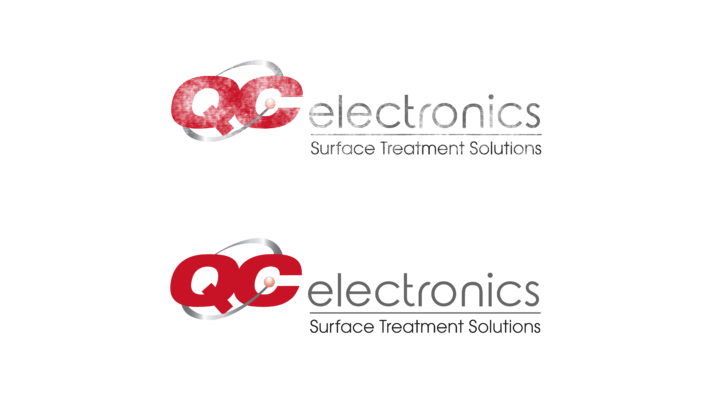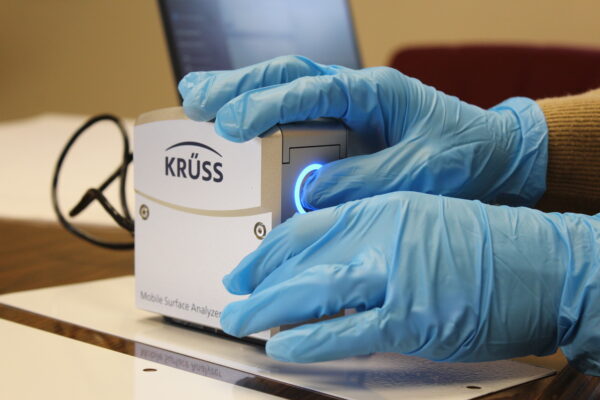Category Archives: QC Electronics Blog
Metal Surface Treatment
Metal surface treatment is a crucial process that enhances the adhesion, durability, and performance of [...]
What is Bump Treating?
The process of converting raw materials into finished products involves several stages, including web handling [...]
Custom Corona Treaters for Unique Applications
Are you struggling to find a corona treater that can handle your unique application or [...]
Surface Modification with Corona Treatment
When we want to stick two things together, sometimes it can be difficult to get [...]
Corona Treating: What is Overtreatment and Plasma Etching?
Overtreatment can be costly to your company and product. It is easily avoided following the [...]
Corona Treater Maintenance
As with any industrial equipment, a good maintenance schedule helps extend the lifespan of the [...]
The Truth about Dyne Pens
Attending industry trade shows has given me a lot of insight into the printing industry [...]
Basics of Web Corona Treaters
Surface treatment definition: “The modification of the surface to increase surface tensions resulting in better [...]
Corona Treatment Lab for Printing and Adhesion Advice
QC Electronics has established an elite corona treatment laboratory for the corona treatment of samples, [...]
Dyne Testing Procedure
Follow this procedure to ensure successful dyne testing polymer substrates. What you will need: Safety [...]
